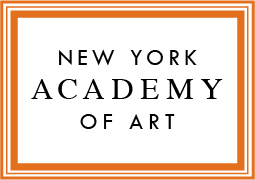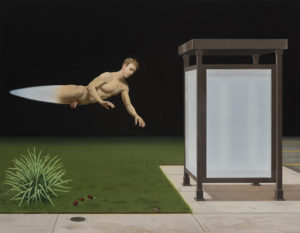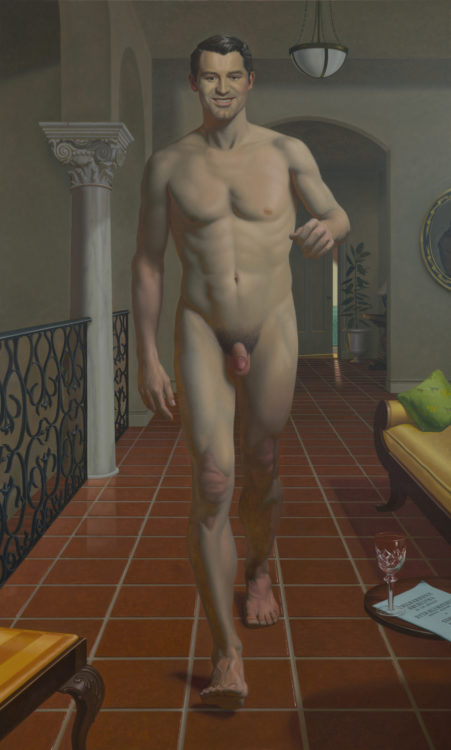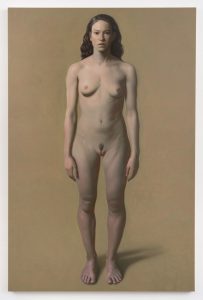Drawing, Photography, and the Representation of Space with Kurt Kauper
Before the middle of the 19th century, the representation of illusionistic space–the impression that the flat plane of the paper was a spatial expanse opening up before the viewer – was primary in the drawings of European artists. With the invention of technical images–photography and everything that followed–and their unavoidable presence as the dominant model of visual representation, space as a primary concern largely disappeared, even in the work of artists thought of as classical, painters such as Bouguereau, Gerome, or more modern figures such as Andrew Wyeth. Perhaps this turn was nothing but a shift in pictorial thinking, the dispensing of one representational model for another. But does the representation of space offer narrative and poetic possibilities worth reconsidering?
A lecture about the use of space in traditional drawing, a technical and poetic device that does not necessarily follow from the application of the elements of traditional drawing instruction. It was always a feature of drawings before the middle of the nineteenth century, and rarely a feature after.
Kurt Kauper (b. 1966, Indianapolis, IN) received his MFA from the University of California, Los Angeles, CA and his BFA from Boston University, Boston, MA. He is the recipient of awards including the Pollock Krasner Foundation Grant; the Louis Comfort Tiffany Foundation Grant and the Elizabeth Greenshields Foundation Grant. Kauper lives and works in New York, NY.




